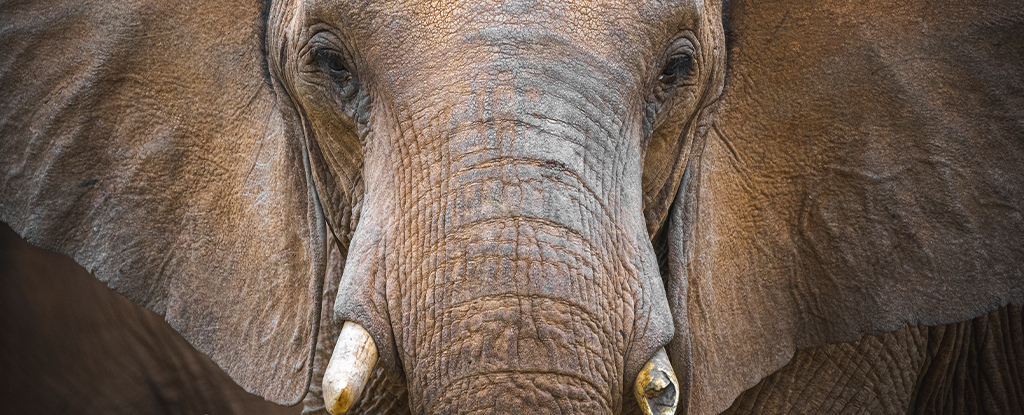In late August 2020, wildlife veterinarian Chris Foggin was masked up and dissecting an elephant that was suspected to have died from anthrax when he got a call to say there had been more fatalities.
The next day, another five dead elephants were found in the baking hot Zimbabwean sun.
Foggin knew he and his team couldn’t get to all of the dead elephants to collect post-mortem tissue samples, but he collected what he could before the carcasses decomposed.
By November, a total of 35 African elephants (Loxodonta africana) had perished in north-west Zimbabwe, just across the border from neighboring Botswana where more than 350 elephants had died months earlier.
Concerns escalated, as poaching, starvation and anthrax, a naturally occurring lethal bacterial disease, were ruled out. In September 2020, the Botswana government attributed the elephant deaths in Botswana to an unspecified cyanobacterial toxin that perhaps had contaminated watering holes.
Three years on, a different culprit has emerged for the 35 mysterious elephant deaths in Zimbabwe: a Pasteurella bacterium resembling a strain called Bisgaard taxon 45, which has been linked to other wildlife infections but not known to kill African elephants.
Inspecting the tissue samples in his lab at Victoria Falls Wildlife Trust, Foggin noted multiple organs of the deceased elephants had ruptured blood vessels, leading him to suspect hemorrhagic septicaemia, or blood poisoning.
Most of the blood samples, smeared across microscope slides, contained bacterial colonies too. And brain, liver, and spleen tissue samples from one particular elephant yielded a heavy growth of Pasteurella bacteria that looked suspiciously like Bisgaard taxon 45.
In all, six of the 15 elephants sampled had genetic or biochemical evidence of Bisgaard taxon 45, and no poisons, toxins, or viral infections were detected.
“Bacterial septicaemia adds to a growing list of disease-related threats to elephant conservation, including tuberculosis, anthrax … and malicious poisoning,” Foggins and colleagues write in their paper, published in October.
For all their investigations into the outbreak, however, the source of infection and route of transmission remain unknown. Elephants are highly social animals and at least 11 elephants died within roughly 24 hours in an area roughly 50 square kilometers in size, the researchers report.
“It was very quick,” Foggin told National Geographic. “That was what was so dramatic.”
Back-to-back poor rainy seasons preceded the outbreak event, with the area in the grips of drought by the time the mass deaths occurred.
So one possibility the researchers suggest is that the heat and drought conditions might have somehow triggered the bacteria, which are thought to live harmlessly in other animals, to become infectious or spread between elephants.
In 2015, a Pasteurella species killed some 200,000 antelopes in central Kazakhstan amid heatwave conditions.
“A similar multifactorial explanation could underlie the mortality event in Botswana, where elephants experienced stress from poaching in preceding years… as well as a dry 2019,” the team suggests.
But there are still lots of questions that remain unanswered about Bisgaard taxon 45 and the 2020 Zimbabwe mortality event, veterinary epidemiologist and co-author Laura Rosen wrote in a recent blog post recounting the events.
“We don’t yet know how the bacteria came to be in this landscape – has it always been here? Is it typically found in elephants but hadn’t been previously recognized?”
To answer some of those questions, the Victoria Falls Wildlife Trust is now equipped to test for Pasteurella Bisgaard taxon 45. The organization plans to keep looking for the bacterium in elephants and large carnivores, after revisiting samples from previous elephant deaths.
“Finding septicaemia as a cause of sudden mortality here gives wildlife veterinarians and conservationists a new and important differential diagnosis to consider going forward,” Rosen writes.
The study was published in Nature Communications.





